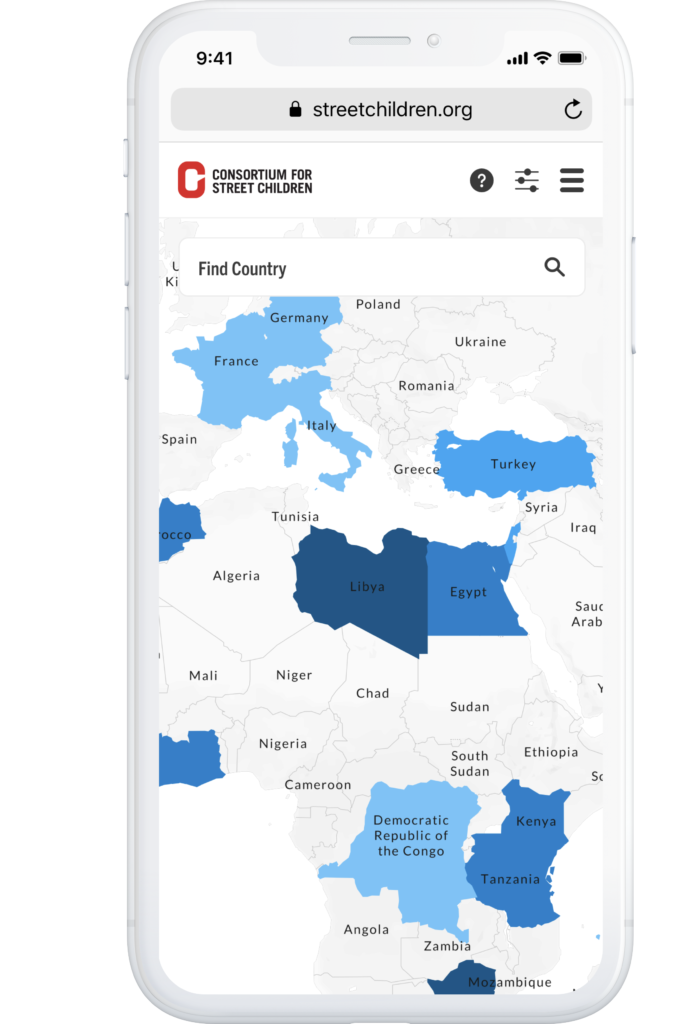How we helped The Consortium for Street Children to create “The Legal Atlas for Street Children”
It’s been a fantastic opportunity to work on a product which will create greater transparency surrounding the rights of Street Connect Children around the world.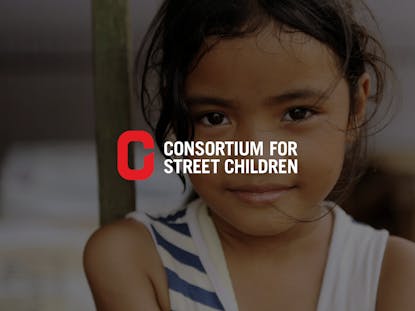
For the last few months we’ve been in partnership with the Consortium for Street Children in an initiative to provide greater transparency on the rights of street children around the world.
This has been a joint effort between many organisations who have all contributed time and resources into the research which made the creation of the Atlas possible. This included Baker Mackenzie, Amazon, Google, Salesforce, Starbucks and many more. Without these partners, the creation of this important tool would not have been possible.
- Client:
- Consortium for Street Children
- Completion:
- April 2019
- Project URL:
- streetchildren.org/legal-atlas
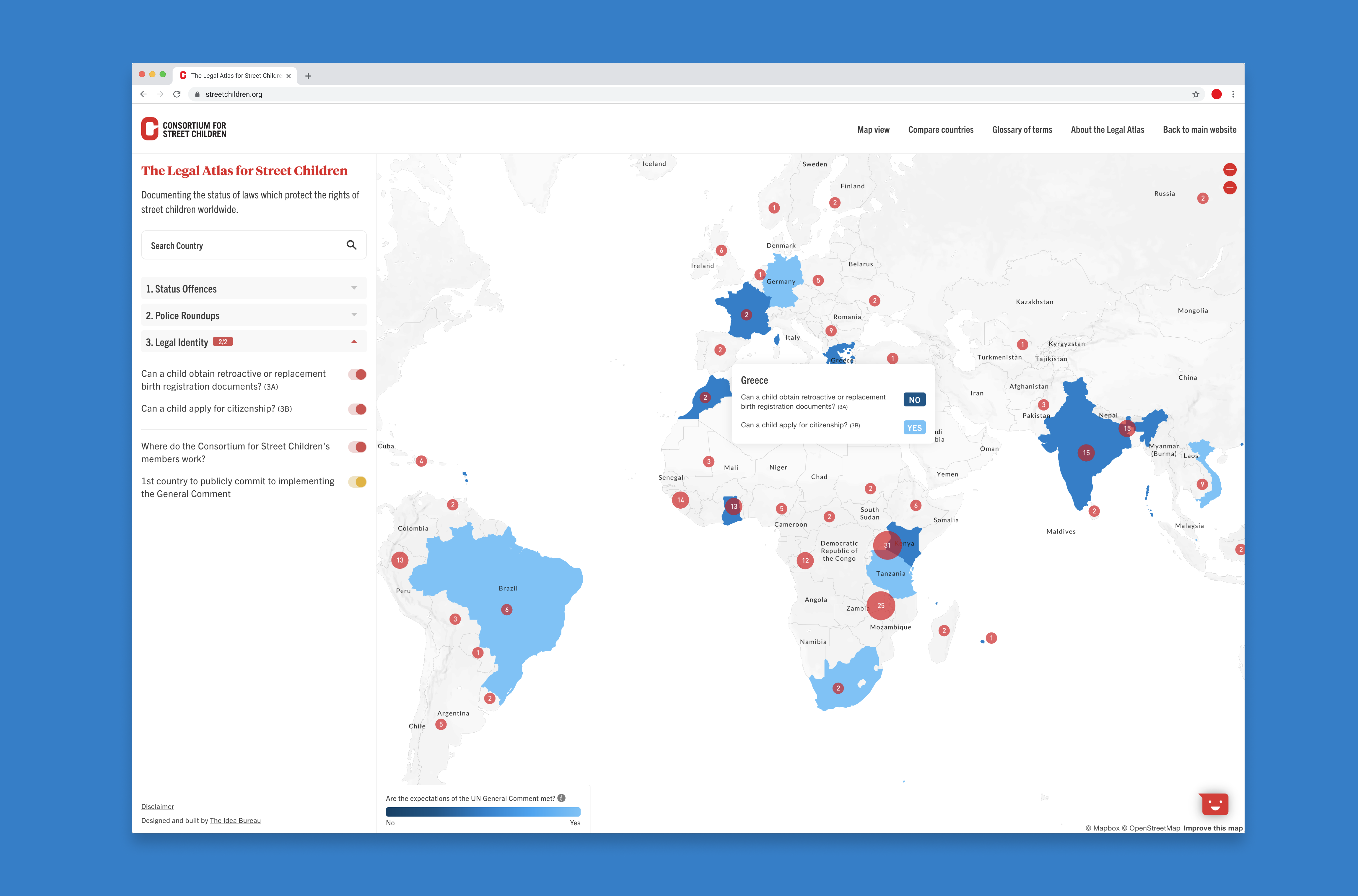
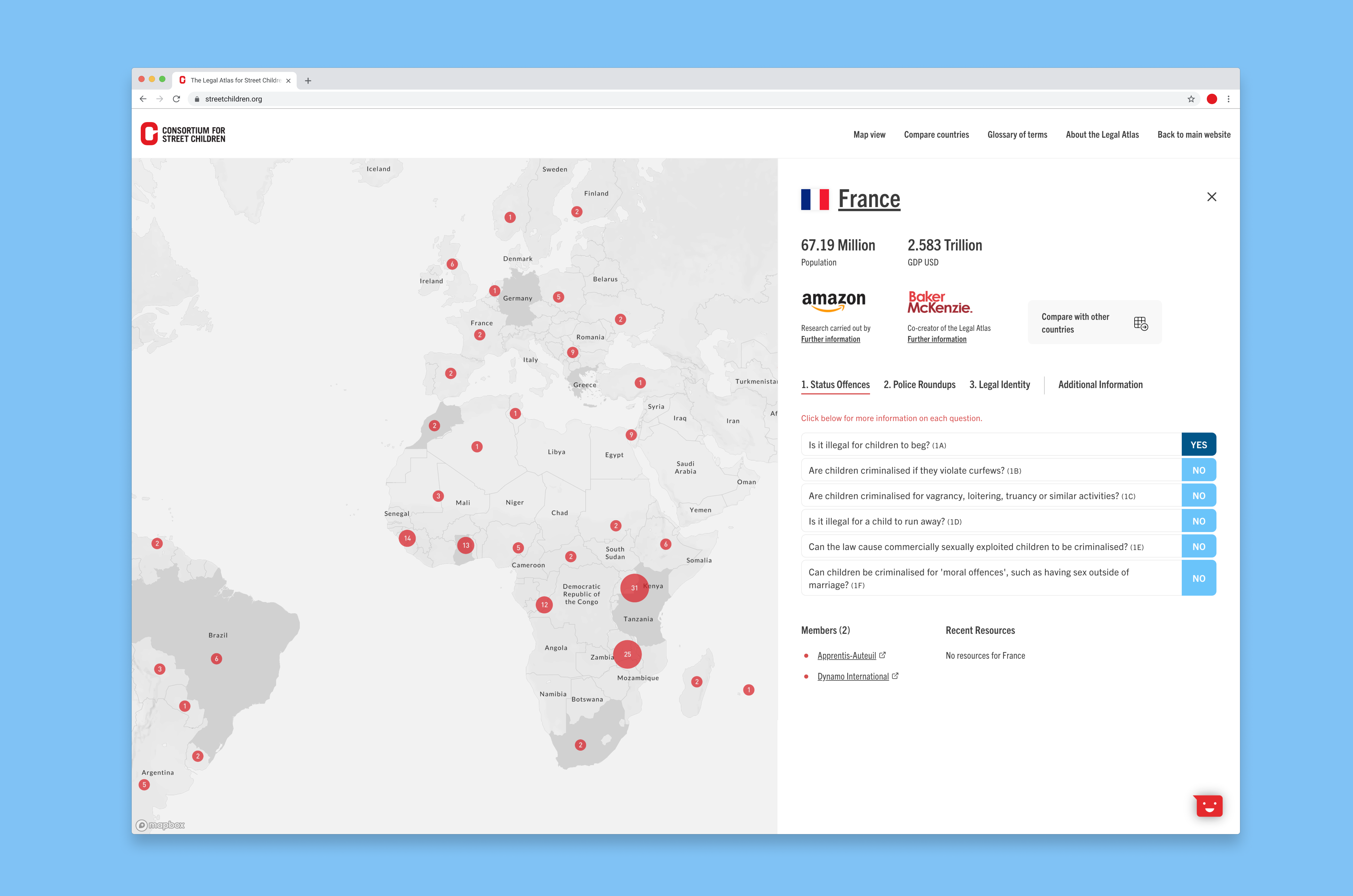
The data structure for the Legal Atlas website is informed by the United Nations’ official legal guidance on street children, called the General Comment on Children in Street Situations. This expert guidance explains what countries should do in order to protect the human rights of street children: how they can protect street children from harm, give them opportunities so that they don’t have to rely on the streets to survive, and help them to reach their full potential.
We worked with the team at the Consortium for Street Children and helped stakeholders come up with how best to showcase the information generated by the research carried out by over 900 volunteers worldwide.
The main function of the site is to provide an overview of how countries are performing against the questions raised in the general comment. We decided the best way to represent the data would be in the form of a map, this allows users to visually see what the data shows across all the countries. This makes it easier to identify regional patterns as well as individual country-level data. We also created a more detailed overview of each of the measured countries, providing the ability for the team to upload addition research and data when it becomes available.
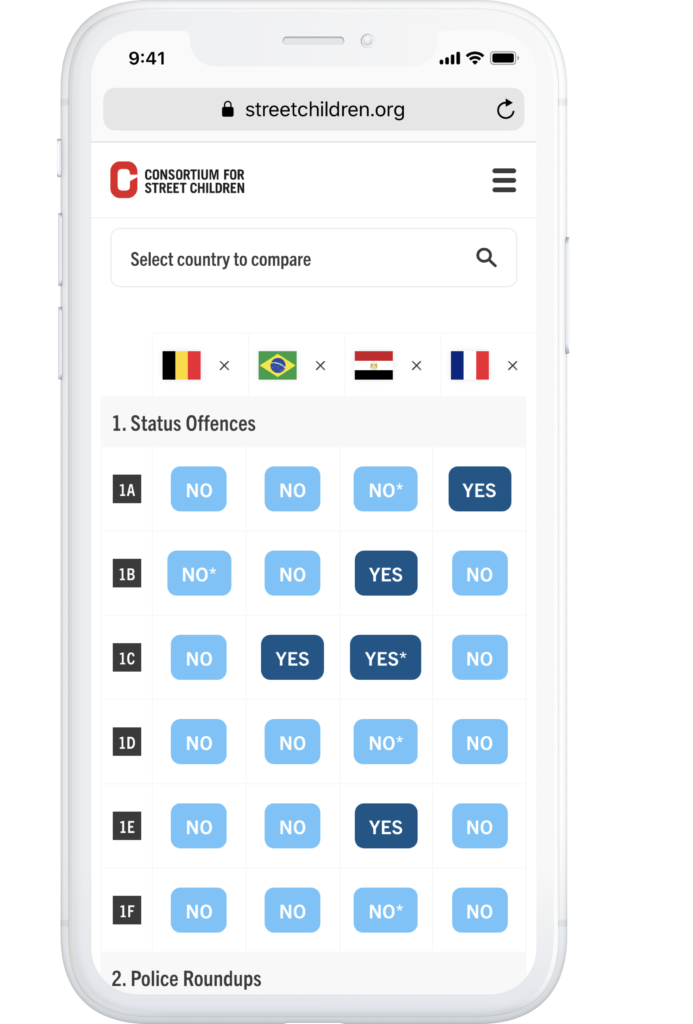
The comparison view allows people to get quick answers to the general comment questions in a table-based view as well as a map visualisation. It was important that this worked on desktop as well as mobile.
There were many moving parts to a project as complex as this. Many stakeholders needed to be consulted, all located remotely. This unearthed a lot of things we needed to solve in order to push the project forward and get this in the hands of the people who will be able to make better decisions, lobby for change and ultimately contribute to raising the profile of street-connected children worldwide.
The launched was marked with a fantastic event, hosted by Salesforce in London. The evening celebrated the work of over 900 volunteers worldwide and countless hours of effort. We heard stories from the patrons of The Consortium for Street Children and how the work being done is improving the lives of street-connected children all over.
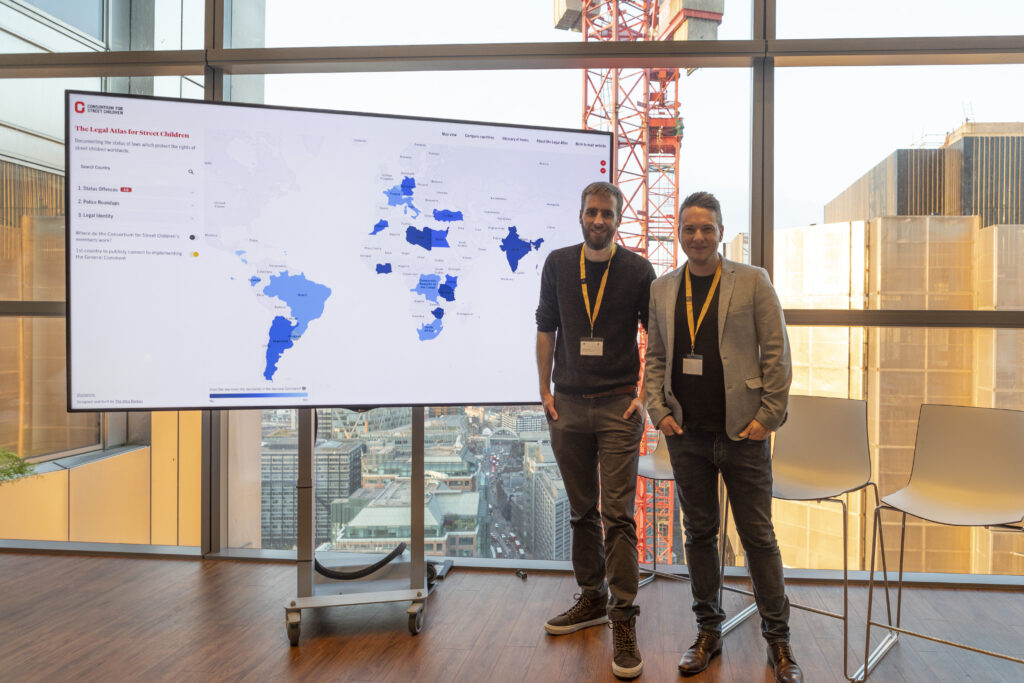
It’s been an absolute pleasure being involved in this process and we’ll continue to learn from the app and iterate and shape it going forward.
